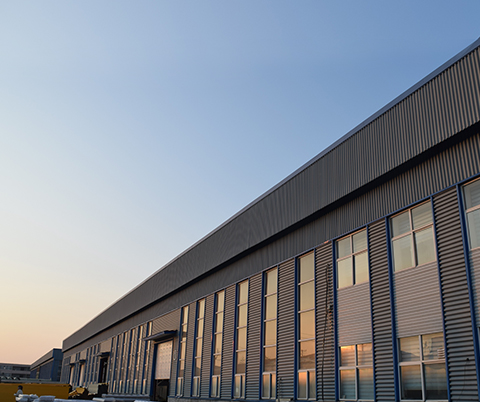loading...
- No. 9, Xingyuan South Street, Dongwaihuan Road, Zaoqiang County, Hengshui, Hebei, China
- admin@zjcomposites.com
- +86 15097380338
- Welcome to visit our website!
fiberglass water tank price
Understanding the Costs of Fiberglass Water Tanks
Fiberglass water tanks have gained immense popularity in various sectors because of their long lifespan, corrosion resistance, and lightweight properties. Whether you are considering a fiberglass tank for residential, agricultural, or industrial use, understanding the pricing can help you make an informed decision.
What are Fiberglass Water Tanks?
Fiberglass water tanks are made from reinforced plastic that is molded in various shapes and sizes. They are constructed using glass fibers and resin, which are combined to form a robust structure capable of holding large volumes of water. The benefits of fiberglass tanks over traditional materials like steel or concrete include flexibility in shape and size, reduced weight, lower risk of corrosion, and significant thermal insulation properties.
Factors Influencing the Price of Fiberglass Water Tanks
1. Size and Capacity One of the most significant factors affecting the price of fiberglass water tanks is their size or capacity. Smaller tanks of around 500 gallons may start around $1,000, while larger tanks, like those holding 10,000 gallons, can cost several thousand dollars. Custom sizes will dictate higher costs due to additional materials and labor.
2. Design and Configuration Fiberglass tanks come in various designs—vertical, horizontal, and cylindrical forms are common. The complexity of the design can impact the cost significantly. Additionally, options like built-in insulation, reinforced structures for higher pressures, or multi-compartment designs will raise the price.
3. Quality and Brand Like many other products, the reputation of the manufacturer can also influence the price. Well-known brands that guarantee quality and durability may charge a premium, while lesser-known manufacturers might offer lower prices. It’s crucial to balance cost with the assurance of quality to avoid future repair or replacement costs.
fiberglass water tank price

4. Location and Installation The geographical location of the installation can also affect the pricing of fiberglass tanks. Transportation costs for delivering the tank to remote areas may add to the price. Additionally, installation costs can vary based on local regulations, site preparation needed, and any additional infrastructure like piping or water treatment systems.
5. Accessories and Additional Features Accessories like pumps, fittings, and monitoring systems also play a role in the overall cost. A basic tank might be affordable, but adding features like a UV protection layer, level sensors, or a specialized coating for chemical resistance can significantly increase the final price.
Average Pricing Overview
While the price range can vary significantly, an overview may help potential buyers budget accordingly. Small to mid-sized fiberglass tanks (500-3,500 gallons) might range from $1,000 to $5,000. Larger tanks (5,000-10,000 gallons or more) can start around $5,000 and go up to $15,000 or more, depending on the specifications and features chosen.
Long-term Investment
It's essential to view the purchase of a fiberglass water tank as a long-term investment. The durability and low maintenance required can result in lower total ownership costs compared to traditional tanks. While the upfront costs may seem high, the longevity and reliability of fiberglass tanks often justify the expense. Additionally, they tend to have a positive impact on water quality, as they typically do not leach harmful substances like some metallic tanks can.
Conclusion
In conclusion, fiberglass water tanks provide an excellent solution for water storage in various applications. Being aware of the factors that influence their pricing can help you make a well-informed decision that suits your needs and budget. While initial costs might be higher than traditional materials, the long-term benefits often outweigh these expenses. Always consult with reputable suppliers to get accurate quotes and consider all variables involved in the purchasing process. By investing wisely, you can enjoy the advantages of fiberglass technology and ensure a reliable water supply for years to come.
-
The Rise of FRP Profiles: Strong, Lightweight, and Built to LastNewsJul.14,2025
-
SMC Panel Tanks: A Modern Water Storage Solution for All EnvironmentsNewsJul.14,2025
-
GRP Grating: A Modern Solution for Safe and Durable Access SystemsNewsJul.14,2025
-
Galvanized Steel Water Tanks: Durable, Reliable, and Ready for UseNewsJul.14,2025
-
FRP Mini Mesh Grating: The Safer, Smarter Flooring SolutionNewsJul.14,2025
-
Exploring FRP Vessels: Durable Solutions for Modern Fluid HandlingNewsJul.14,2025
-
GRP Structures: The Future of Lightweight, High-Performance EngineeringNewsJun.20,2025
